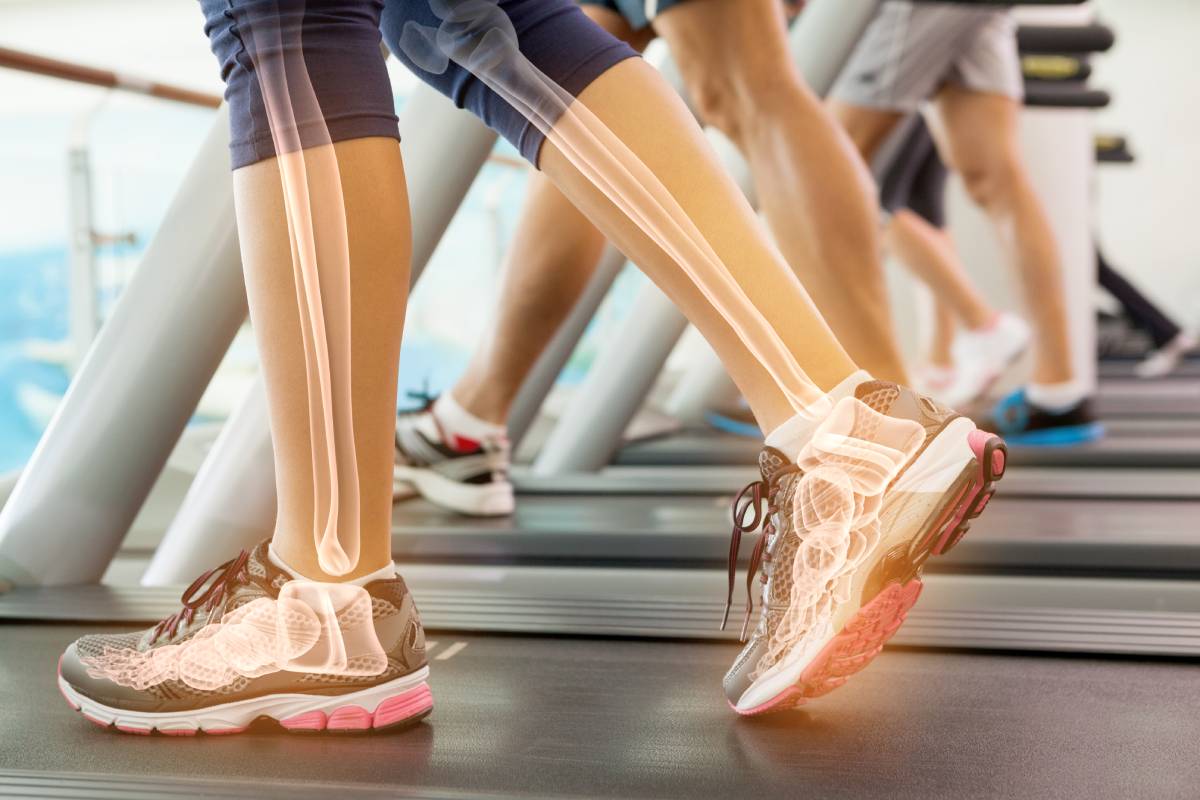Role of Electrolytes in Musculoskeletal Health
Electrolytes are minerals in the body that carry an electric charge and are essential for various physiological functions, including maintaining musculoskeletal health. These minerals, including sodium, potassium, calcium, magnesium, and phosphate, play crucial roles in muscle contraction, nerve function, and bone integrity. Proper electrolyte balance is vital for optimal musculoskeletal performance, recovery, and overall health. Imbalances can lead to muscle weakness, cramps, bone disorders, and other health issues.
Sodium and Potassium
Sodium and potassium are key electrolytes involved in muscle contraction and nerve impulse transmission. Sodium is primarily found outside the cells, while potassium is predominantly inside the cells. The sodium-potassium pump, an essential cellular mechanism, helps maintain the electrochemical gradient necessary for nerve signal propagation and muscle contraction by enabling the rapid depolarization and repolarization of muscle and nerve cells 1.
Adequate levels of sodium and potassium prevent muscle cramps and spasms. During intense physical activity, sweating leads to the loss of these electrolytes, which can disrupt the electrolyte balance and cause cramps. Replenishing these electrolytes through diet or supplements helps maintain muscle function and prevents cramping 2,3.
Calcium
Calcium is a fundamental component of bone tissue, and approximately 99% of the body’s calcium is stored in the bones and teeth, providing structural strength and rigidity. Adequate calcium levels are essential for bone development and maintenance and help prevent bone disorders such as osteoporosis and fractures. The body constantly remodels bone tissue, requiring a steady supply of calcium to support this process 4.
Calcium also plays a critical role in muscle contraction. When a nerve signal reaches a muscle, calcium ions are released from the sarcoplasmic reticulum within the muscle cells and bind to troponin, a regulatory protein, which allows for actin and myosin filaments to interact and generate muscle contraction. Insufficient calcium impairs muscle contraction, leading to weakness and reduced physical performance 5.
Magnesium
Magnesium is vital for muscle relaxation and energy production. It acts as a natural calcium blocker, helping muscles relax after contraction. Magnesium is also involved in the production of adenosine triphosphate (ATP), the primary energy currency of the cells. Adequate magnesium levels ensure efficient energy production and muscle recovery 6,7.
Magnesium helps prevent muscle cramps and spasms by maintaining proper muscle function and preventing excessive calcium accumulation in the muscles. Athletes and individuals engaging in regular physical activity often benefit from magnesium supplementation to prevent cramps and enhance recovery 8,9.
Phosphate
Phosphate, along with calcium, is a critical component of hydroxyapatite, the mineral complex that gives bones and teeth their hardness. Adequate phosphate levels are necessary for bone formation, growth, and repair. A balance between calcium and phosphate is essential for maintaining healthy bone density and structure 10.
Phosphate is involved in energy metabolism as a component of ATP. During muscle contraction, ATP is broken down to release energy, and phosphate ions are crucial for the regeneration of ATP from adenosine diphosphate (ADP). This continuous cycle ensures a steady supply of energy for sustained muscle activity 11,12.
Electrolytes play indispensable roles in musculoskeletal health by facilitating muscle contraction, nerve function, bone integrity, and energy production. Maintaining proper electrolyte balance through a balanced diet, adequate hydration, and, when necessary, supplementation is crucial for optimal musculoskeletal performance and overall health.
References
1. Pass the Salt: Sodium’s Role in Nerve Signaling and Stress on Blood Vessels – Biomedical Beat Blog – National Institute of General Medical Sciences. Available at: https://biobeat.nigms.nih.gov/2020/11/pass-the-salt-sodiums-role-in-nerve-signaling-and-stress-on-blood-vessels/.
2. Nutrition Tips to Prevent Cramps | Wentworth-Douglass Hospital. Available at: https://www.wdhospital.org/wdh/services-and-specialties/orthopedic-care/blog/nutrition-tips-to-prevent-cramps.
3. 12 Foods That May Help with Muscle Cramps. Available at: https://www.healthline.com/nutrition/foods-that-help-with-muscle-cramps.
4. Vannucci, L. et al. Calcium Intake in bone health: A focus on calcium-rich mineral waters. Nutrients (2018). doi:10.3390/nu10121930
5. Szent-Györgyi, A. G. Calcium regulation of muscle contraction. Biophys. J. (1975). doi:10.1016/S0006-3495(75)85849-8
6. What Does Magnesium Do for Your Body? Available at: https://www.healthline.com/nutrition/what-does-magnesium-do.
7. Souza, A. C. R., Vasconcelos, A. R., Dias, D. D., Komoni, G. & Name, J. J. The Integral Role of Magnesium in Muscle Integrity and Aging: A Comprehensive Review. Nutrients (2023). doi:10.3390/nu15245127
8. Magnesium for Leg Cramps: Does It Work? What to Do If It Doesn’t. Available at: https://www.healthline.com/health/magnesium-for-leg-cramps. (Accessed: 15th July 2024)
9. Moretti, A. What is the role of magnesium for skeletal muscle cramps? A cochrane review summary with commentary. Journal of Musculoskeletal Neuronal Interactions (2021).
10. Heaney, R. P. Phosphorus Nutrition and the Treatment of Osteoporosis. Mayo Clin. Proc. 79, 91–97 (2004).doi: 10.4065/79.1.91
11. Hargreaves, M. & Spriet, L. L. Skeletal muscle energy metabolism during exercise. Nature Metabolism (2020). doi:10.1038/s42255-020-0251-4
12. Baker, J. S., McCormick, M. C. & Robergs, R. A. Interaction among skeletal muscle metabolic energy systems during intense exercise. Journal of Nutrition and Metabolism (2010). doi:10.1155/2010/905612
